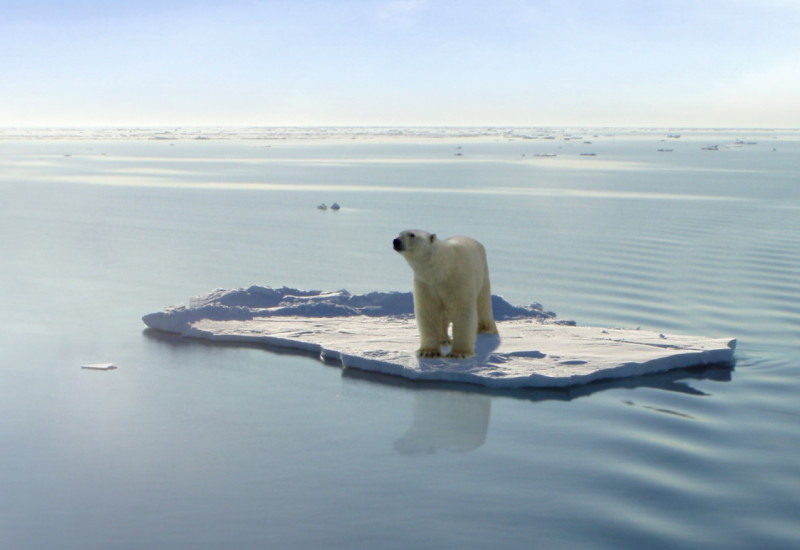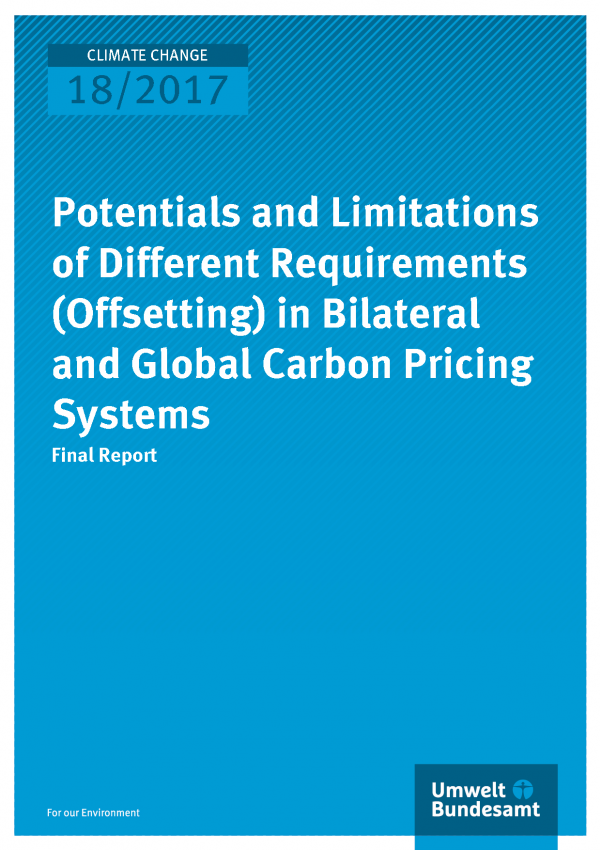The price of overfertilisation: Excessive application of slurry, manure etc. could make water more expensive

When more fertiliser is applied than plants and soil can absorb: groundwater contamination
Source: countrypixel / Fotolia.com |
Drinking water is our most important foodstuff and is best quality in Germany. This is set to remain that way in the coming years, but at what cost? More than 27 per cent of the groundwater bodies in Germany exceed the quality standard for nitrate stipulated in the European Water Framework Directive (50 mg/litre). The German Drinking Water Ordinance also specifies this limit value, which is meant to ensure that there are no harmful health effects when water is consumed in normal amounts. To ensure compliance with this limit value, some water suppliers have been taking measures for years which are already affecting drinking water prices. These measures include drilling deeper wells or using uncontaminated groundwater supplies and mixing it to ensure compliance with the limit value.
The regions which are particularly affected are where there is intensive animal husbandry and therefore also produce large amounts of slurry and manure, or those where a lot of chemical fertiliser is used in fruit and vegetable growing. UBA warns that should overfertilisation in these area not be scaled back soon, the nitrate content of groundwater could rise sharply. The reservoir of substances underground which ensured the degradation of nitrate is slowly becoming depleted, which could result in a sudden surge in nitrate pollution in a short amount of time.
A new study done on behalf of UBA indicates that when water suppliers will ultimately have to resort to costly treatment methods to treat the raw water. This could lead to a rise in drinking water prices of 32 to 45 percent in the affected regions, depending on degree of pollution and treatment method. The processes for removing nitrate from drinking water are expensive – much more expensive in fact than preventive measures. According to estimates by the state agriculture ministry, the new provisions in the ordinance on the reform of best practices in fertilisation which entered into force in June 2017 will accrue costs of some 122 million euros per year to the agriculture sector. If nitrate inputs to groundwater are not reduced, the UBA study says it will cost water suppliers – and consumers of drinking water – between €580 million and €767 million per year.
UBA’s President Maria Krautzberger said: “The reforms in the Fertilisers Ordinance introduce some long overdue steps which will hopefully reduce pollution enough to avoid having the cost of expensive treatment passed on to drinking water customers. Rigorous enforcement and stepped up monitoring in the affected regions is important. If contamination levels do not come down, the agriculture sector will face new and more stringent requirements." UBA has responded in open letters to criticism about the study from farmers' unions the study.














